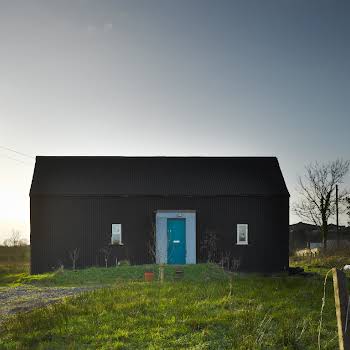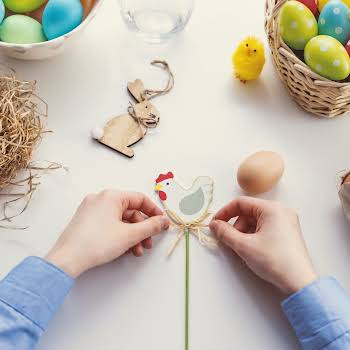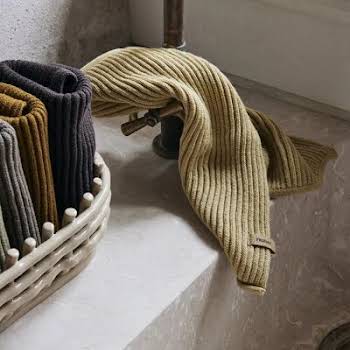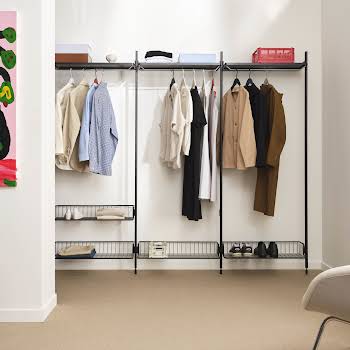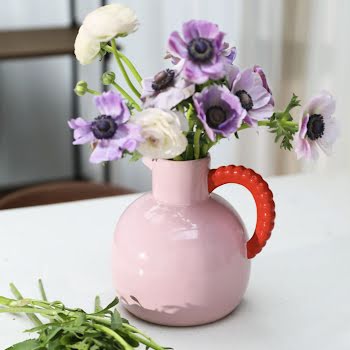
If the thought of opening your hall cupboard gives you palpitations, don’t panic. From knowing where and how to start, to deciding what to cut and what to keep, our guide will take you inside the dark art of decluttering, and show you how to make the process as pain-free as possible
Before you begin, arm yourself with the right tools: plastic bags, labels, a marker, scissors, tape and storage boxes are good to have on hand as you get started.
Next, designate space for key areas. As you begin decluttering, you will need somewhere to pile items destined for recycling, charity shops, binning, and one final pile for items that don’t belong to the room you’re currently in and need to be repositioned in another area of your home. That way, when you start, you won’t waste time walking down the hallway to the bin or have to go upstairs to put a misplaced sock back in a drawer.
Thinking about where to start organising can be nothing short of overwhelming. Sarah Reynolds, organising expert and founder of Organised Chaos, has some simple advice: “Begin decluttering an area where you will see results fast. Start with a small space, like a drawer. You’ll see big changes quickly and then feel encouraged to tackle the more difficult areas of your home.” Starting small and working your way up is crucial to keeping you motivated. “One room at a time, one corner at a time, one day at a time,” adds Sarah.

Deciding what to cut and what to keep
There are some items that should be a no-brainer when it comes to deciding what to get rid of. Anything broken or missing its mate should immediately go. Up next, Sarah suggests facing the items that are harder to part with. Some of the toughest pieces to question are the guilt items. We all have them: the questionable candlesticks from your great-aunt, or the book gifted to you three birthdays ago that you’ll never read.
If you’re keeping a piece just out of guilt, a simple question to ask yourself is, would you feel better by keeping that item, or by getting rid of it? What’s the worst that would happen if you let that piece go? If you can’t decide, put it aside and come back to it later. “Everything you keep should be useful or loved,” Sarah emphasises. “Focus on the things you’re keeping, rather than what you’re letting go of.”
Creating organisational systems
Be mindful of your current habits in order to create an organisational system that will truly work for you. If every day when you walk through the front door, you put your bag on the stairs and your coat on the bannister, it’s not going to make sense for you to try and resolve this by adding a coat hook in your kitchen. Improve the routines you already have. Add a coat hook by the front door and a small table for your bag and keys by the stairs.
The same goes for paperwork, which often sneaks under the radar. Create a system for all incoming paperwork. If you find it ends up on the kitchen table, devise a filing system in any free space you may have in this area. This may be a cupboard or cabinet. Deal with the paperwork as it comes into your home. Is this an important document that you need to keep? If not, save yourself from having to organise it later by recycling it straightaway.

Storage solutions that really work
Once you free up some space in your house, it’s vital that you then allocate a home for everything. “Either buy or DIY a storage system that will work for you,” advises Sarah. Depending on the space, this can be a wicker basket, a shelving unit, a Lazy Susan, or simply a shoe box. Don’t forget to also label your storage. This not only lets you know what’s inside each box, it also dictates where items should be returned to once you’re finished using them, which is especially important in a busy household. Pick boxes and labels that appeal to your design aesthetic – if you make your storage appealing, you’re more likely to use it.
And remember, when you free up some space in your home, you don’t always have to put something back there. Empty space can open up a room. Leave it for a few hours, or even a few days, before deciding if it needs anything.
Getting others involved
Your home is meant to be lived in, so it’s going to get messy. Keep things under control by getting others involved in keeping your house tidy. Each family member should have their own assigned basket. Throughout the day, items belonging to each person can be placed in these baskets, and at the end of the day, each person takes their basket and tidies away their own pieces. The baskets work well incorporated into a living room.
Staying organised
Once you start to pave the way towards a more organised home, keeping it that way may seem impossible, but it’s far from it. “Organising your home may involve dedicating a lot of time to decluttering initially,” explains Sarah. “This depends on how much you have. However, the more organised your home becomes, the less time you will need to give to decluttering it. It will become a simple maintenance job with the odd clear-out every now and then, rather than a complete overhaul.”
Words: Alex Carberry. This article was originally published in December 2022.












